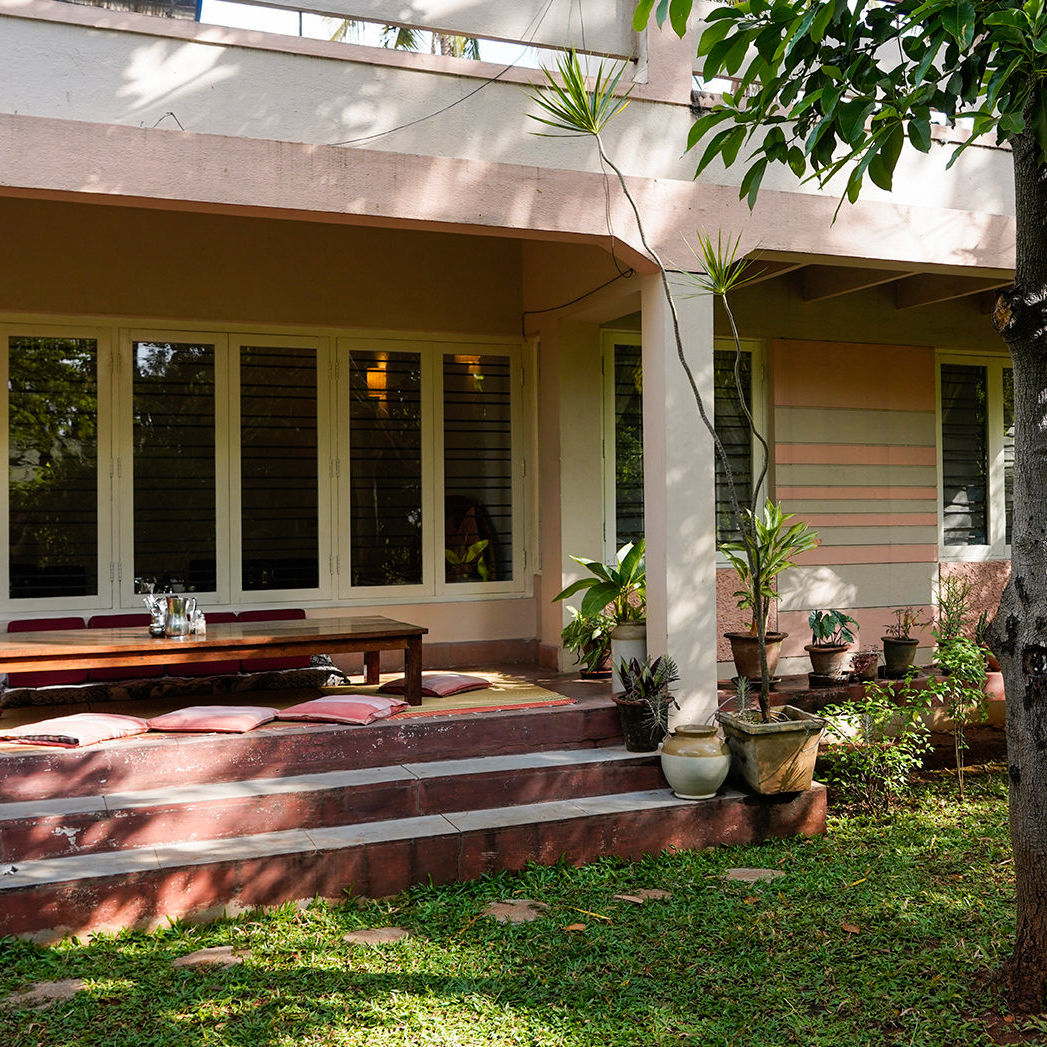Introduction
Do you know that the kind of light you use in your home or office can affect your mood, productivity, and even health? The color temperature of light, measured in Kelvin (K), determines whether it will be cool or warm. Cool light has a higher color temperature (5000K-6500K), while warm light has a lower color temperature (2700K-3000K). Each type of light has its benefits and drawbacks.
In this article, we will explore the benefits of cool vs warm lighting and help you understand which kind of light is best for your needs.
The Benefits of Cool Lighting
Increased Alertness and Productivity
Cool lighting has been shown to increase alertness and productivity. The blue light in cool lighting suppresses melatonin, a hormone that regulates sleep and wakefulness. This makes cool light ideal for use in offices, classrooms, and other areas where you need to be alert and focused.
Better Color Perception
Cool lighting improves color perception and can help you see more vivid colors. This makes it ideal for use in art studios or areas where you need to distinguish colors accurately. For example, surgeons and dentists use cool lighting in their operating rooms to ensure that they can see colors accurately.
Improved Mood
Cool lighting can also improve your mood by simulating natural daylight. Exposure to cool light can help alleviate symptoms of depression and seasonal affective disorder (SAD). If you live in an area where you don’t get much sunlight, cool light can help you feel less depressed and more energized.
The Benefits of Warm Lighting
Increased Relaxation and Comfort
Warm lighting is ideal for use in areas where you want to relax and unwind. The yellow and red tones in warm lighting create a cozy and comfortable atmosphere, which is perfect for bedrooms, living rooms, and other relaxation areas.
Reduced Eye Strain and Fatigue
Warm lighting also reduces eye strain and fatigue. The lower color temperature of warm lighting reduces the amount of blue light emitted, which can cause eye strain and headaches. This makes warm lighting ideal for use in areas where you spend a lot of time, such as bedrooms and living rooms.
Better Sleep
Warm lighting also helps regulate your sleep-wake cycle. Exposure to warm light in the evening signals to your body that it’s time to start winding down and preparing for sleep. This is because warm light does not suppress melatonin, allowing your body to naturally produce this hormone to help you sleep.
